Japanese professor launches crowdfunding project to recreate amazura, a lost Heian Era sweetener
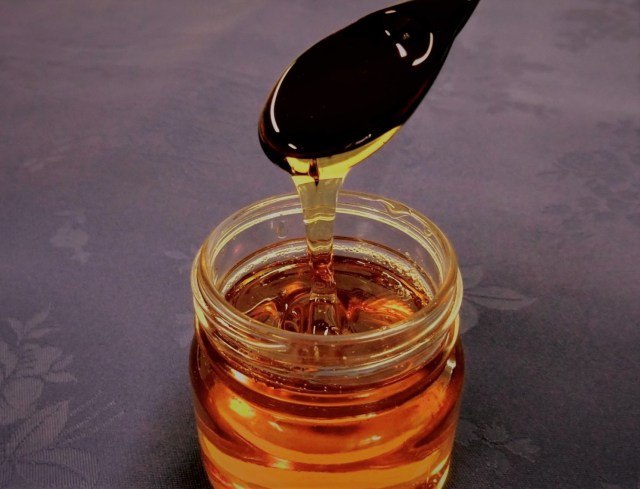
Amazura was a popular sweetener among Heian aristocrats but its method of production was lost to time after the widespread diffusion of sugar.
With the proliferation of patisseries and baked goods in Japan today, it’s easy to forget that table sugar wasn’t always around. It’s believed to have been introduced to Japan in 754 via envoys from the Tang Dynasty in China but didn’t become widely used until the Edo period (1603-1868). Up until then, another plant-derived sweetener, called amazura, was enjoyed by aristocrats of the Heian period (794-1185). It was often noted in classical works of literature of the time, such as The Pillow Book, Konjaku Monogatarishu, and Uji Shui Monogatari, which detailed its use drizzled over shaved ice or boiled in a gruel with diced sweet potatoes for a dish known as imogayu that was served at aristocratic banquets.
▼ An excerpt from Sei Shonagon’s The Pillow Book (completed in 1002) references amazura at the top of the third line from the right.
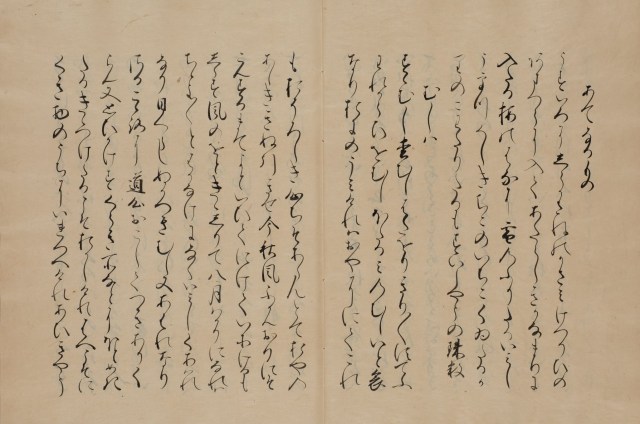
Fast forward to the Reiwa period (2019-present). Ritsumeikan University Assistant Professor Yukihiro Komatsu, a member of the Ritsumeikan Global Innovation Research Organization, is now attempting to recreate amazura for the modern age. It may sound like a fun and fairly straightforward project, but here’s the catch: both the list of raw materials and production method used to make amazura all but disappeared from written records after sugar became more widely available in the Edo Period.
▼ Komatsu introduces amazura and his research goals in this short video.
In order to accomplish his goal, Komatsu has appealed for the public’s support on Bluebacks Outreach, a unique crowdfunding website which aims to bridge scientific inquiries with topics of public interest. He will be seeking pledges until March 20, but as of this writing the project has already well exceeded expectations and raised 161 percent of its original goal. For various levels of monetary support, backers can receive their names printed in a special thank-you newsletter, hard candy and syrup sets made from his soon-to-be-recreated amazura, or even the chance to partake in an extravagant Heian period-inspired feast which will include the aforementioned imogayu along with a lecture on the food culture of the time planned for early 2022.
Komatsu’s work moving forward will consist of a mix of continuing to research ancient written records for clues and analyzing plant samples to discern the most likely ingredients and manufacturing method of the once beloved sweetener.
▼ Interest in amazura was actually renewed in the Edo period when scholars began investigating its origins and sketching plants from which it was believed to have been derived.
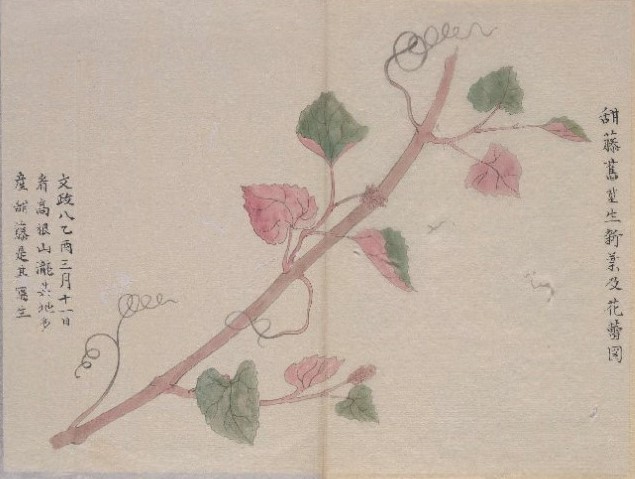
So Komatsu has taken samples from over 20 plants containing sap with a high sucrose content and will continue to analyze these samples in greater depth. Promising candidates for the basis of amazura include Parthenocissus tricuspidata, commonly called Boston ivy, grape ivy, or Japanese ivy (which is technically not a true ivy but a flowering vine), as well as Gynostemma pentaphyllum, also known as jiaogulan (sometimes used in traditional Chinese medicine).
▼ A selection of plants thought to have formed the basis of amazura in times past
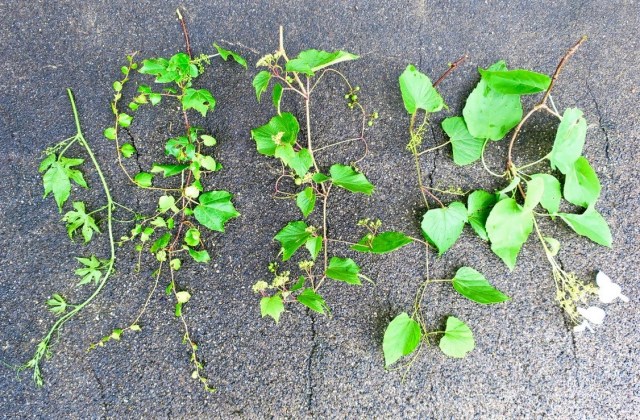
▼ The beginnings of newly recreated amazura syrup extracted from several different sap samples
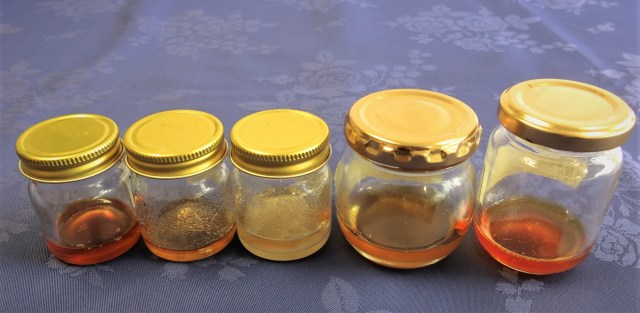
By the way, this isn’t the first time that a recipe popular with the ancient nobles has been revived in recent times. Remember the milk-based food so, that was all the rage a year ago (as well as 1,000 years ago)? In any case, we are eagerly awaiting the amazura project’s sweet conclusion.
Source: Bluebacks Outreach via IT Media
Images: Bluebacks Outreach
● Want to hear about SoraNews24’s latest articles as soon as they’re published? Follow us on Facebook and Twitter!
Credit:

0 comments: